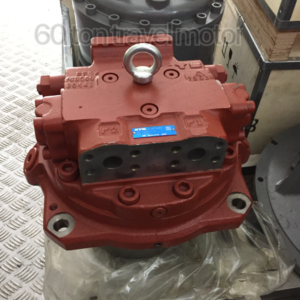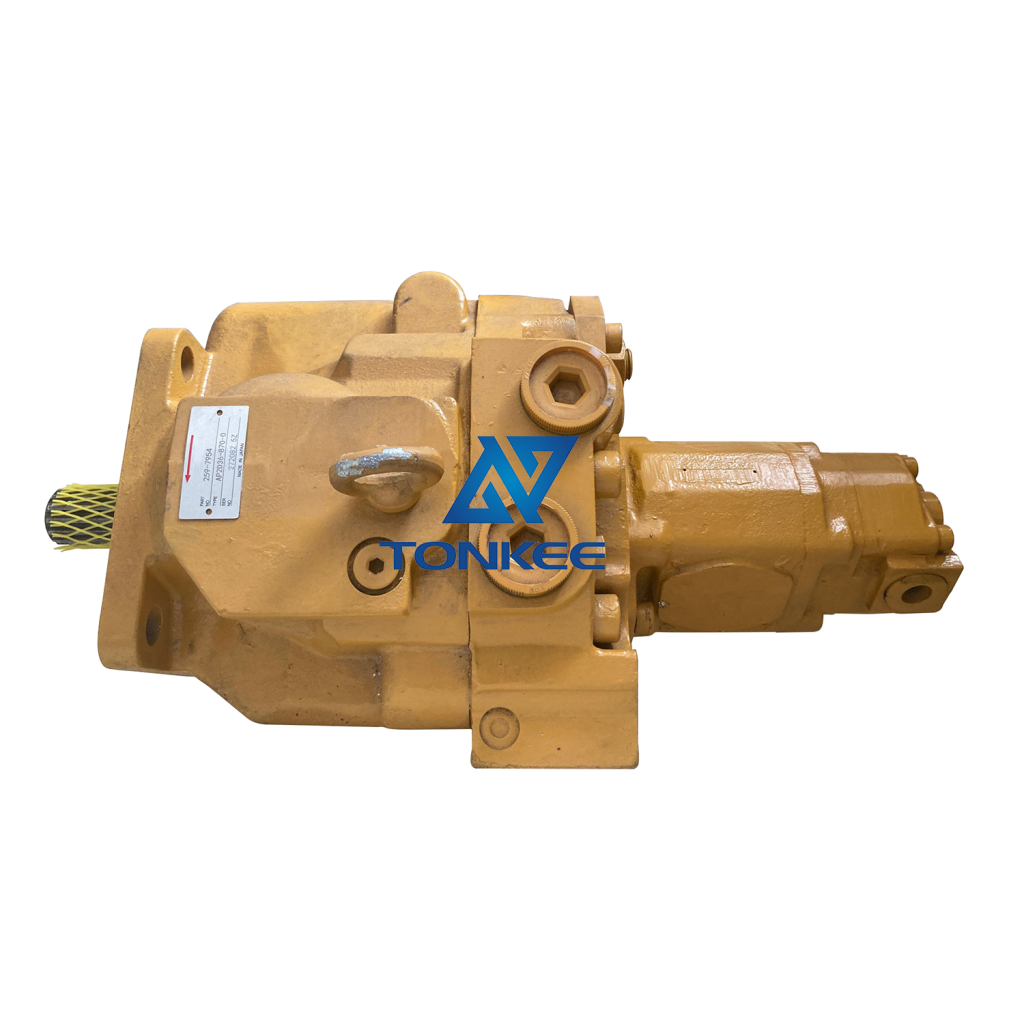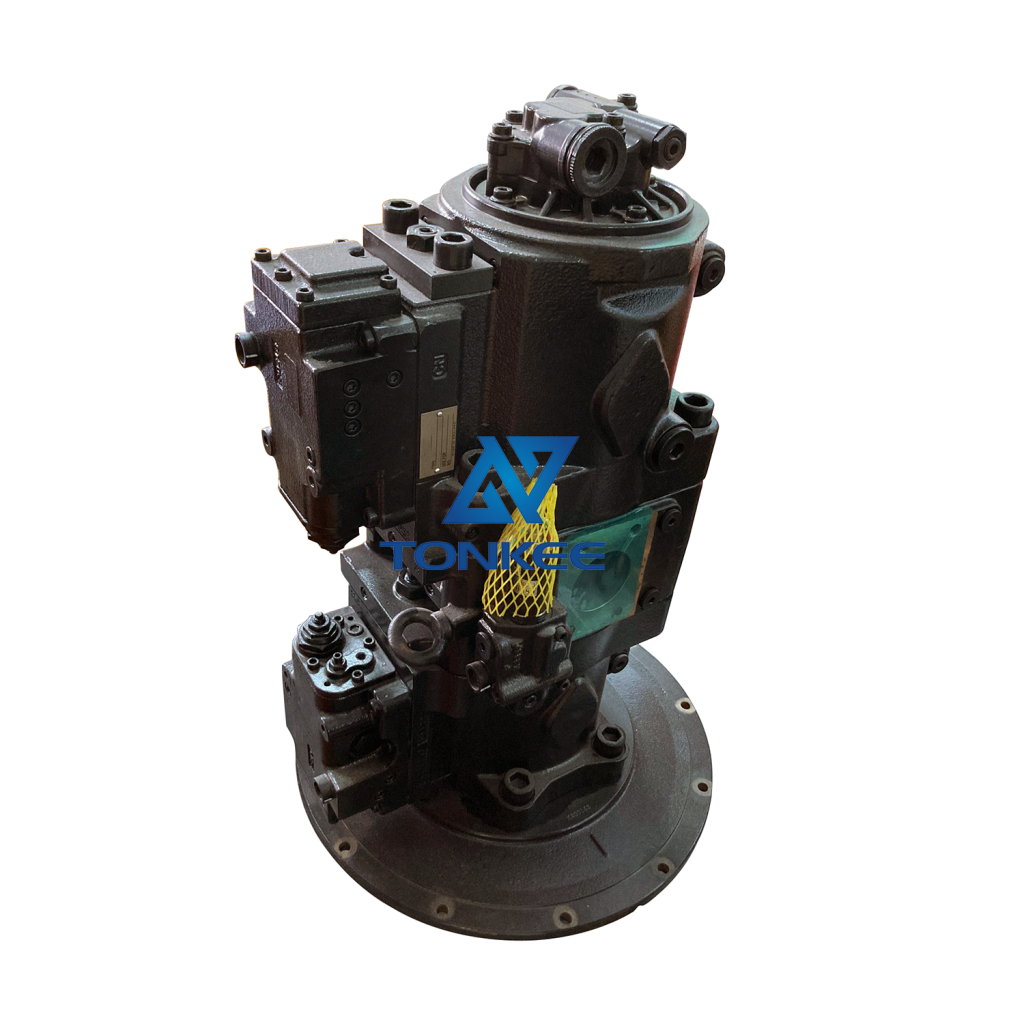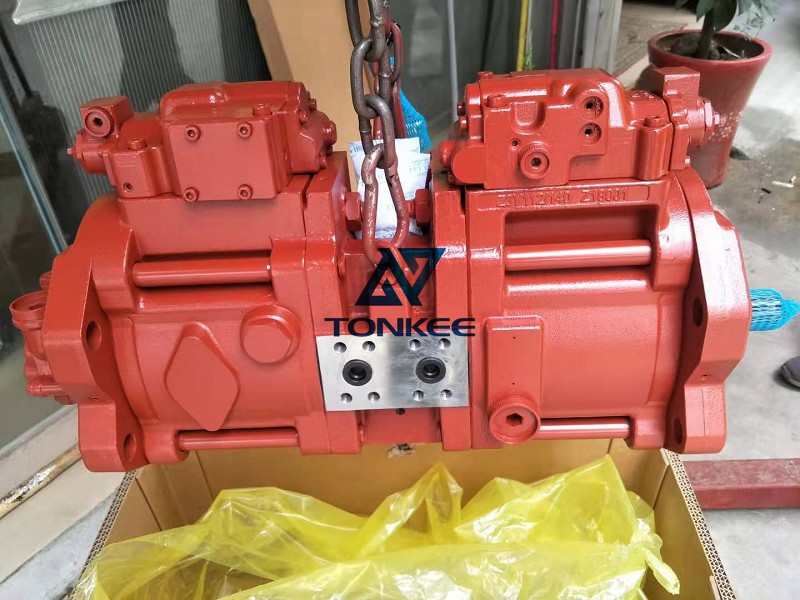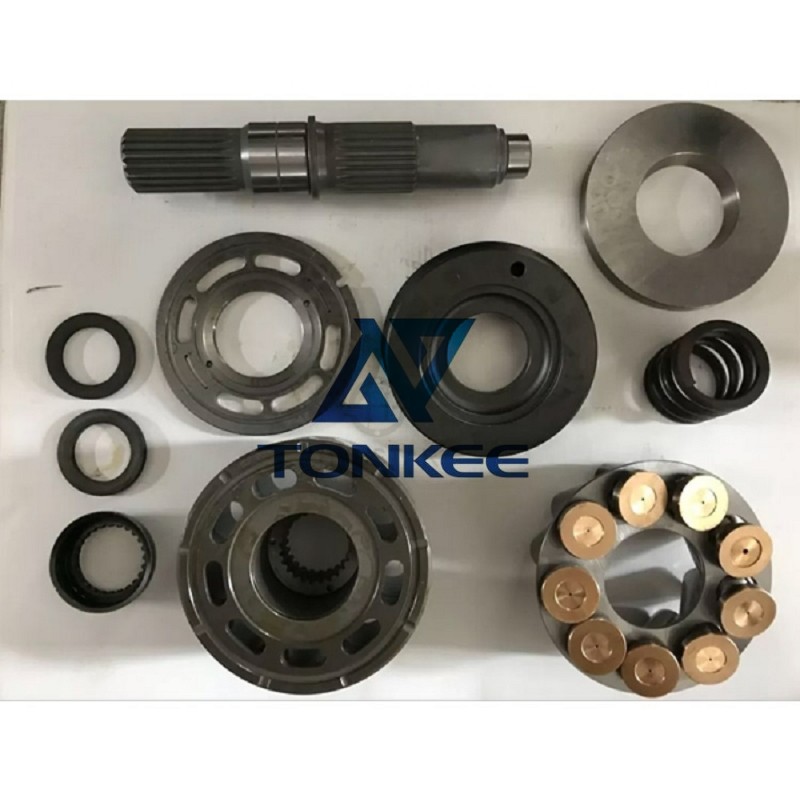
Cylinder Block: The heart of the MSF pump is the cylinder block, which houses the pistons.
The number of pistons and their size may vary depending on the specific model of the pump.
Pistons: The pistons are responsible for creating hydraulic pressure by reciprocating within the cylinder block. These pistons are typically made of high-quality materials to ensure longevity and resistance to wear.
Swash Plate: The swash plate is a crucial component that is responsible for varying the displacement of the pump. As it tilts, it changes the stroke of the pistons, thereby adjusting the flow rate and pressure output.
Control Mechanism: The MSF Series Piston Pump often includes a control mechanism, such as a servo or electronic control, to precisely regulate the pump's performance. This enables the pump to meet the dynamic demands of a hydraulic system.
Porting and Valving: These pumps are equipped with various ports and valves to control the direction of fluid flow and pressure relief, ensuring safe and efficient operation.
Flow Rate: The MSF Series Piston Pump can handle a wide range of flow rates, from a few liters per minute to several hundred liters per minute, depending on the model.
Flow rates can be adjusted as needed to match system requirements.
Pressure Rating: These pumps are capable of generating high hydraulic pressures, often exceeding 350 bar (5,000 psi). The exact pressure rating depends on the specific model and size.
Operating Temperature: MSF pumps are designed to operate within a wide temperature range, making them suitable for both indoor and outdoor applications.
Fluid Compatibility: These pumps are typically compatible with a variety of hydraulic fluids, including mineral oil-based fluids, synthetic fluids, and environmentally-friendly hydraulic oils.
Efficiency: MSF Series Piston Pumps are known for their high overall efficiency, contributing to energy savings in hydraulic systems. This efficiency is often achieved through precision engineering and tight tolerances in manufacturing.



 English
English Русский язык
Русский язык


